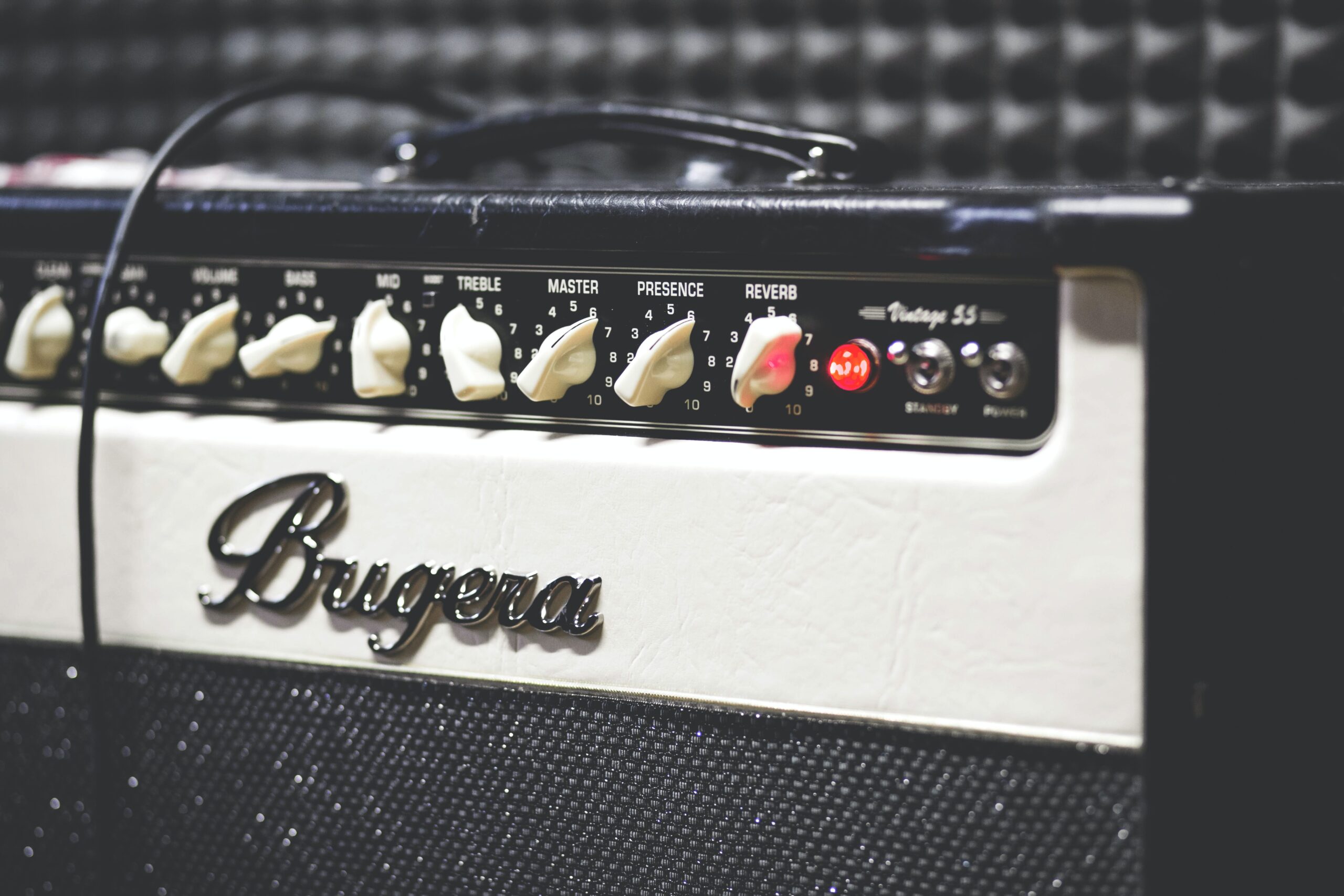
Introduction: The Unmatched Charisma of Vintage Guitar Amps
When it comes to music gear that has shaped the sound of rock and roll. Few instruments can match the charisma, versatility, and raw power of vintage guitar amps. Whether you are a seasoned guitarist or a beginner, there is something about the sound and feel of a vintage amp. That can ignite your passion for music and elevate your performance to new heights.
In this blog post, we will take a journey through the history of vintage guitar amps in rock and roll music. Exploring the differences and similarities between British and American amps. And discovering some of the most popular tube amps that have stood the test of time.
British Guitar Amps and American: Two Legends, Two Sounds
When it comes to vintage guitar amps, the two most iconic brands that come to mind are Marshall from England and Fender from America. Both brands have a rich history and a legion of loyal fans, but they also have distinct differences in tone, style, and performance.
Marshall amps, which were first introduced in the 1960s, are renowned for their high-gain distortion, crunchy midrange, and bold presence. They have been the go-to choice for countless rock and metal guitarists, from Jimi Hendrix and Eric Clapton to Slash and Eddie Van Halen.
In contrast, Fender amps, which were invented in the 1950s. Are known for their clean and bright tone, smooth reverb, and dynamic range. They have been popular among blues, country, and jazz guitarists. Such as Buddy Holly, Stevie Ray Vaughan, and Wes Montgomery.
Of course, these generalizations are not set in stone, and many guitarists have used both Marshall and Fender amps to great effect. The key is to find the amp that best suits your playing style, genre, and sonic preferences. And to experiment with different settings, pedals, and guitars to create your own signature sound.
Section 2: Most Popular Tube Guitar Amps: From Classic to Modern
One of the defining features of vintage guitar amps is the use of vacuum tubes. Also known as valves, to amplify the signal from the guitar. Tubes have a warm, organic, and dynamic sound. And many guitarists prefer over the solid-state or digital alternatives.
Here are some of the most popular tube guitar amps of all time:
- Fender Deluxe Reverb: A 22-watt combo amp with a 12-inch speaker, it has been used by countless guitarists in various genres, from surf to blues to rock. It has a clean and bright tone, but can also break up nicely when pushed.
- Marshall JCM800: A 100-watt head with two channels, it has been the backbone of many hard rock and metal bands since its debut in the 1980s. It has a high-gain distortion and a focused midrange that cuts through the mix.
- Vox AC30: A 30-watt combo amp with two 12-inch speakers, it has been a favorite of British Invasion bands like The Beatles, The Rolling Stones, and The Kinks. It has a chimey and jangly tone that works well for clean and overdriven sounds.
- Mesa/Boogie Dual Rectifier: A 100-watt head with three channels, it has been a staple of heavy metal and modern rock since the 1990s. It has a tight and aggressive distortion that can handle drop-tuning and seven-string guitars.
- Fender Bassman: A 50-watt head with four inputs, it was originally designed for bass guitars, but has become a popular choice for guitarists who want a warm and fat tone. It has been used by legends like Jimi Hendrix, Eric Clapton, and Keith Richards.
- Orange Rockerverb: A 50-watt combo or head with a 12-inch speaker, it has been a rising star in the rock and metal scene since the 2000s. It has a smooth and creamy distortion that can be shaped with the EQ and the reverb.
Conclusion: The Art and Science of Vintage Guitar Amps
Whether you are a fan of British or American amps, or you prefer a modern or classic sound. One thing is certain: vintage guitar amps are a treasure trove of sonic possibilities, inspiration, and joy. By understanding the history, features, and quirks of different amps. You can become a more versatile and expressive guitarist. And unleash the timeless magic of rock and roll.


